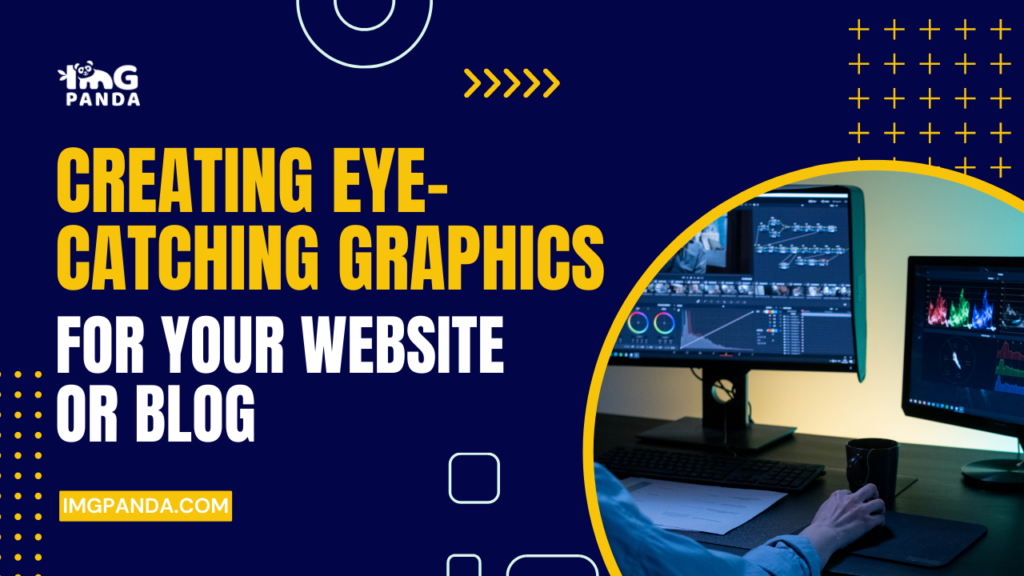Introduction
In today's digital age, where attention spans are short and competition is high, it's essential to create eye-catching graphics for your website or blog. With so much content available online, it's important to grab your audience's attention and make a lasting impression. Whether you're creating a banner ad, social media post, or infographic, an eye-catching graphic can help you convey your message more effectively and engage your audience.
In this age of visual communication, it's crucial to have a strong understanding of how to create graphics that stand out and resonate with your target audience. In this guide, we'll share some tips and best practices for creating eye-catching graphics that will help you take your website or blog to the next level.
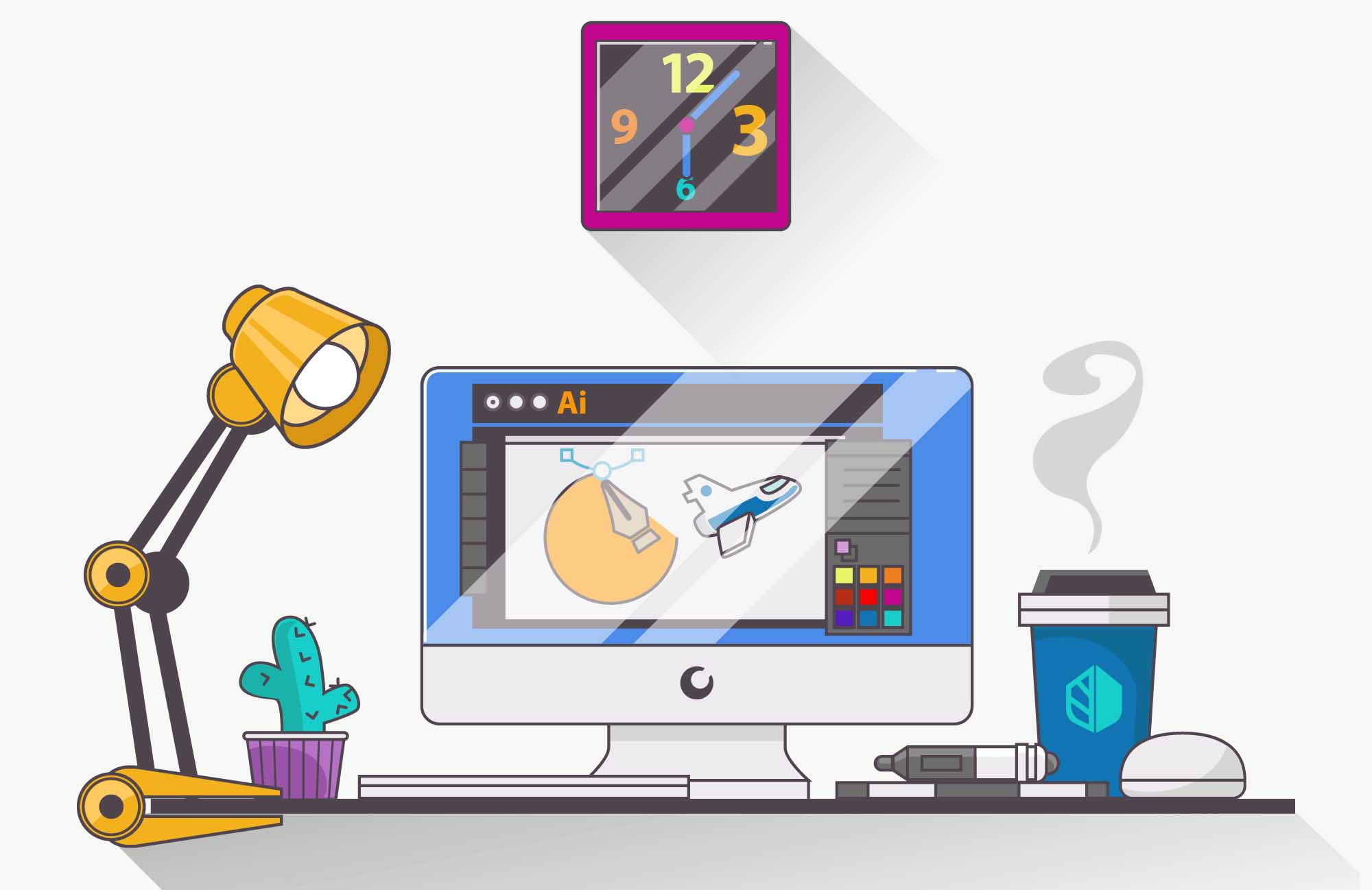
Also Read This: Checking URLs with Fortiguard Downloader
Choose the right format
Choosing the right format for your graphic is crucial for making it eye-catching and effective. The format you choose will depend on the purpose of your graphic and where it will be displayed. Here are some common graphic formats to consider:
JPEG: A JPEG (or JPG) is a commonly used format for photographs and images with a lot of detail. It's a compressed file format that can be used on websites and in emails.
PNG: A PNG (Portable Network Graphics) is a format that supports transparency, making it ideal for logos and graphics that need to be placed on different backgrounds. It's also commonly used for icons and illustrations.
GIF: A GIF (Graphics Interchange Format) is a format that supports animation and is ideal for social media posts and banner ads. It can be used to create simple animations or to showcase product features.
SVG: An SVG (Scalable Vector Graphics) is a format that's ideal for graphics that need to be resized without losing quality. It's commonly used for logos and icons and can be easily edited with design software.
PDF: A PDF (Portable Document Format) is a format that's commonly used for documents, but it can also be used for graphics that need to be printed or downloaded. It's a versatile format that can be opened on most devices.
By choosing the right format for your graphic, you can ensure that it looks its best and is effective in communicating your message to your audience.
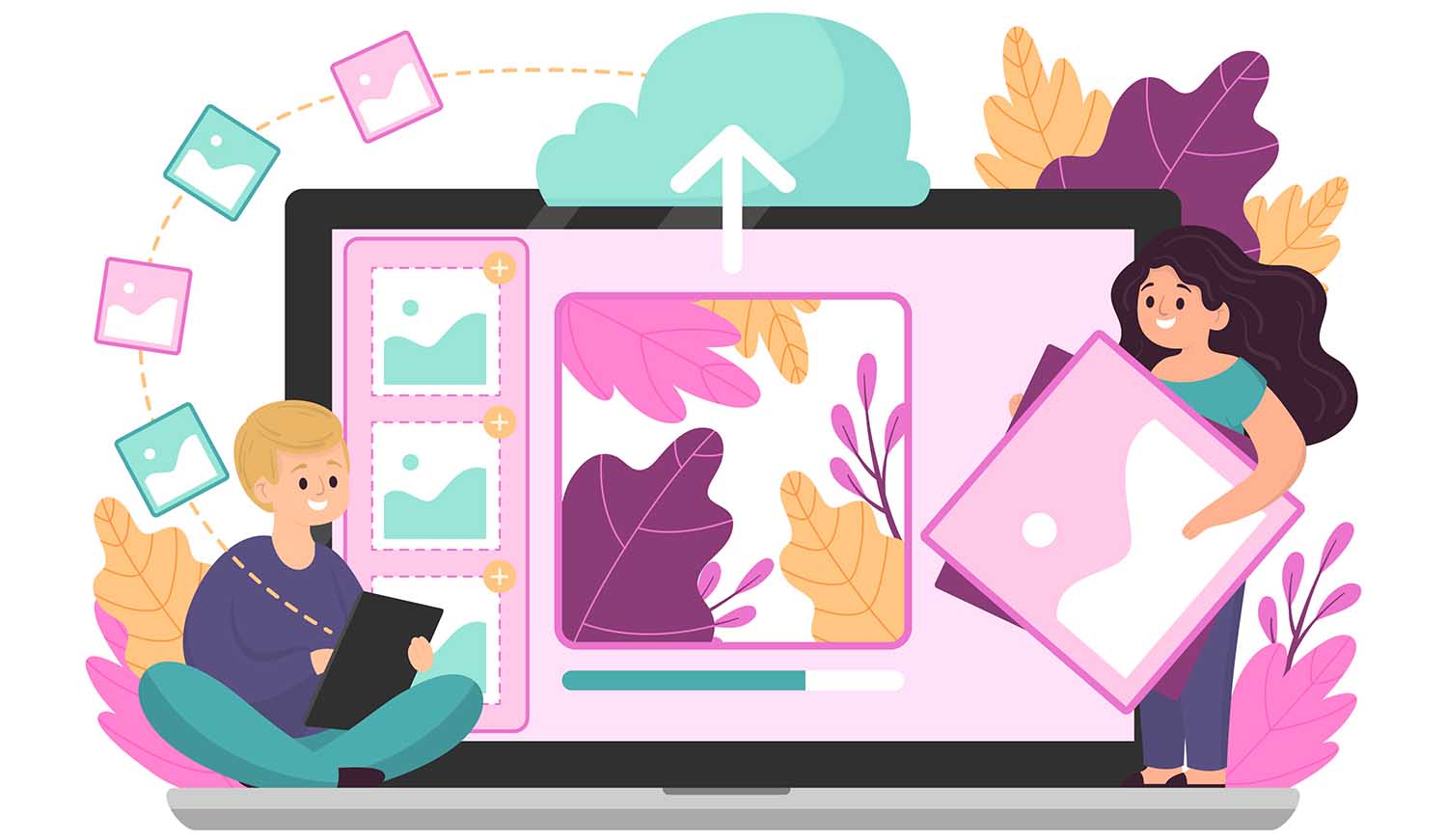
Also Read This: Discovering the Age of Glitch, the Popular YouTuber
Use high-quality images
Using high-quality images is one of the best ways to create eye-catching graphics for your website or blog. Low-resolution or pixelated images can make your website look unprofessional and unappealing to visitors. Therefore, it is important to use images that are clear, sharp, and visually pleasing. You can use stock photos, create your own graphics, or hire a professional photographer or graphic designer to create custom images for your website. Whatever method you choose, make sure that the images you use are of high quality and visually appealing.
Another tip is to optimize your images for web use by compressing them without compromising quality. This will ensure that your website loads quickly and doesn't take too long to load, which can be a major turnoff for users.
Additionally, make sure that the images you use are relevant to the content on your website or blog. For example, if you are writing an article about cooking, use images of food, cooking utensils, and kitchen scenes to help illustrate your points. Finally, it is important to use images in a strategic and intentional way. Don't just add images for the sake of having them; use them to enhance your content and add value to your readers. Consider the placement and size of your images, and use them to break up long blocks of text and make your content more visually appealing. With these tips in mind, you can create eye-catching graphics that will help to attract and retain visitors to your website or blog.
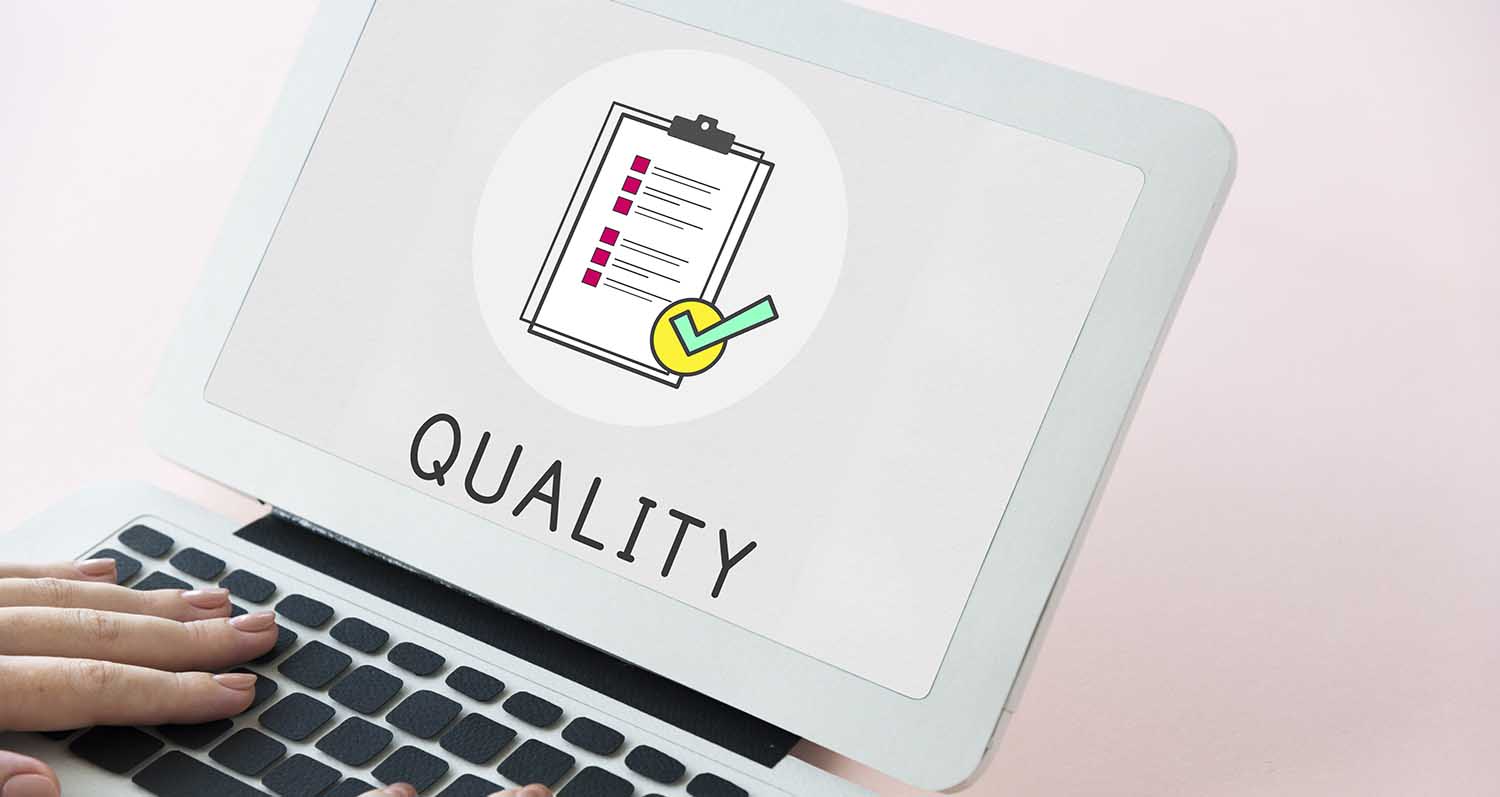
Also Read This: Understanding YouTube's Italic Text Display and How to Fix Font Styling Issues
Keep it simple
Keeping it simple means avoiding clutter and complexity in your graphics. This can be achieved by using a minimalistic design, limiting the number of colors, using a clear and easy-to-read font, and ensuring that the message is clear and concise. Simple graphics are more effective at capturing your audience's attention and conveying your message than complicated and cluttered designs. By keeping it simple, you can create graphics that are visually appealing and easy to understand.
Also Read This: The Rise of User-Generated Content: How to Curate and Use Images Ethically
Use bold colors
Using bold colors in your graphics can be an effective way to make them stand out and catch your audience's attention. Bold colors are vibrant, dynamic, and visually striking, which can help to create a strong emotional response in your audience. However, it is important to use bold colors strategically and purposefully. Choose colors that are consistent with your brand's visual identity, and use them sparingly to avoid overwhelming your audience. When using bold colors, make sure that they are easy to read and do not clash with other design elements in your graphic. Ultimately, the use of bold colors should enhance your message and help your graphics to be more impactful, rather than distracting from the message.
Also Read This: Solutions for Blocked Access in Fortiguard Downloader’s Intrusion Prevention
Use typography to your advantage
Typography is an essential element of graphic design that can greatly impact the effectiveness of your graphics. Here are some tips for using typography to your advantage:
- Choose a font that is easy to read: Select a font that is legible and easy to read, even at smaller sizes. Avoid using overly decorative fonts that can be difficult to read.
- Use typography to create hierarchy: Use different font sizes, weights, and styles to create hierarchy in your design. This helps to guide the reader's eye and highlight the most important information.
- Consider the mood and tone of your typography: The choice of font can convey different moods and tones. Serif fonts can convey a more traditional or serious tone, while sans-serif fonts can feel modern and clean.
- Be consistent: Consistency in typography across your website or blog helps to create a cohesive look and feel. Use the same font styles and sizes throughout your graphics to establish a strong visual identity.
- Don't be afraid of negative space: Negative space (or white space) can be an effective way to give your typography room to breathe and create a more impactful design.
By using typography to your advantage, you can create graphics that are not only visually appealing but also help to convey your message effectively.
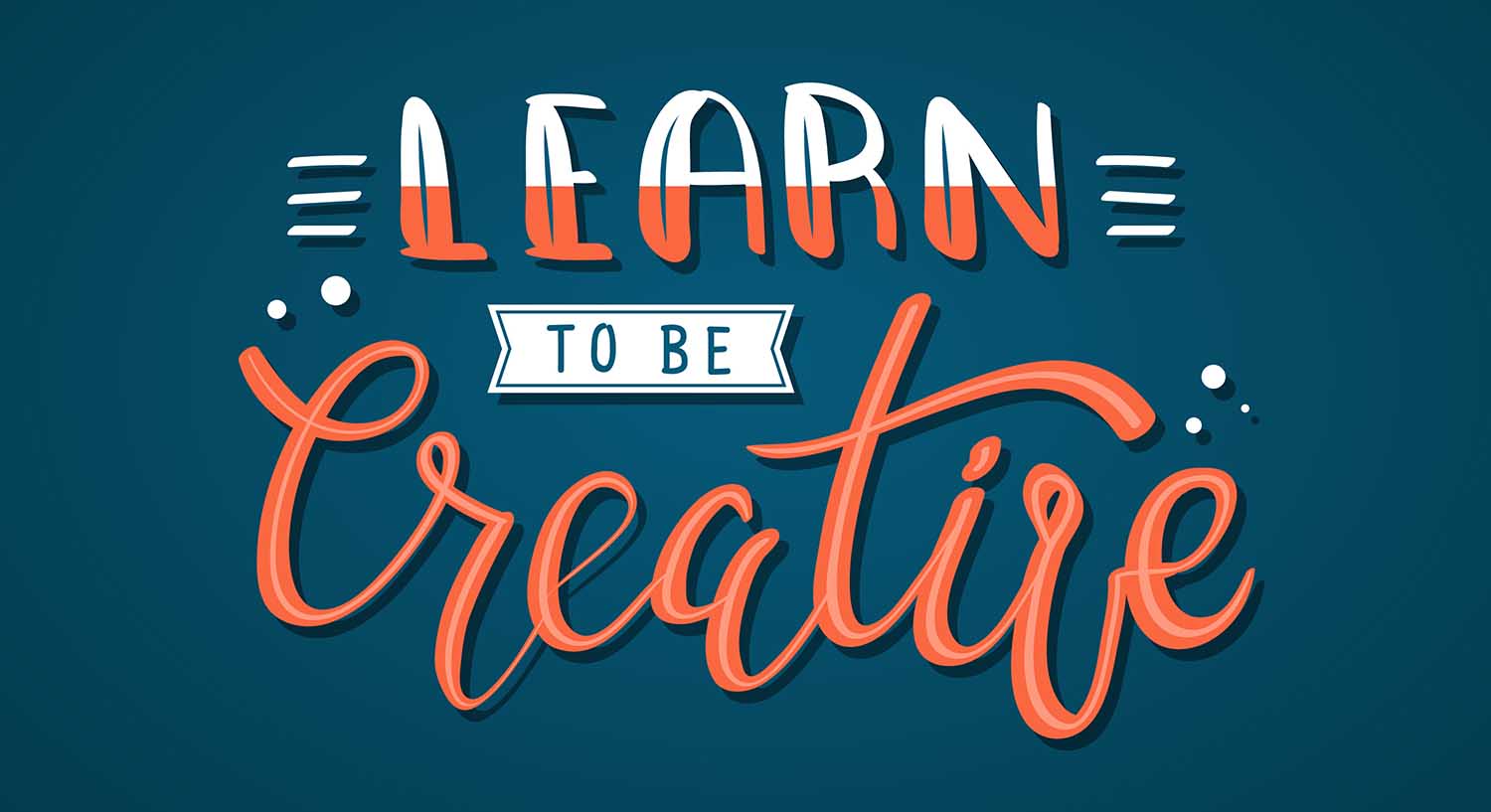
Also Read This: What Happened to Dr. Olivia on Dr. Pol in 2024
Keep it relevant
Keeping your graphics relevant is crucial for capturing and retaining your audience's attention. Here are some tips for ensuring your graphics stay relevant:
- Align your graphics with your content: Your graphics should be directly related to the content on your website or blog. Use graphics to support and enhance your message, rather than distract from it.
- Use relevant imagery: Choose images that are relevant to your content and message. Avoid using generic stock photos or unrelated imagery that can confuse or alienate your audience.
- Stay up-to-date: Ensure that your graphics are up-to-date and relevant to the current trends and conversations in your industry or niche.
- Consider your audience: Think about your audience's interests and preferences when creating your graphics. Tailor your design and messaging to appeal to your target audience.
- Avoid using clichés: Overused and clichéd graphics can make your content appear generic and unoriginal. Instead, strive for unique and creative designs that align with your brand's personality and message.
By keeping your graphics relevant, you can create a more engaging and effective website or blog that resonates with your audience. Here's a video tutorial on crafting visuals for your blog.
Also Read This: What Happens on the Day of Judgment According to Islamic Teachings
Test different versions
Testing different versions of your graphics is an important step in optimizing their effectiveness. Here are some tips for testing different versions of your graphics:
- Use A/B testing: A/B testing involves creating two different versions of your graphics and testing them against each other to see which one performs better. This can help you to determine which design elements or messaging are more effective at capturing your audience's attention.
- Test on different devices: Make sure to test your graphics on different devices (e.g., desktop, mobile, tablet) to ensure they display correctly and look visually appealing across all platforms.
- Test with different audiences: Testing your graphics with different segments of your audience can help you to understand which designs and messaging are most effective for different demographics.
- Use analytics: Analytics tools can help you track the performance of your graphics, including metrics like click-through rates and engagement. Use these metrics to inform future iterations of your graphics.
By testing different versions of your graphics, you can optimize their effectiveness and create designs that resonate with your audience. This can lead to higher engagement, increased conversions, and a more successful website or blog.
"Eye-catching graphics can make all the difference when it comes to engaging your audience and keeping them on your website or blog. A well-designed graphic can communicate complex ideas quickly and effectively, and can also convey the tone and personality of your brand. To create graphics that truly stand out, it's important to consider factors such as color, composition, typography, and the overall visual hierarchy of the page. By investing time and effort into creating compelling graphics, you can enhance the user experience and create a memorable and impactful online presence."
Also Read This: Can You Use YouTube TV in Different Households Exploring Location Rules
Pros & cons
Pros:
- Graphics can help capture your audience's attention and make your website or blog more visually appealing.
- Graphics can convey complex information or messages more effectively than text alone.
- Well-designed graphics can improve the user experience by making your website or blog more engaging and intuitive.
- Graphics can help establish and reinforce your brand identity and make your website or blog more recognizable.
- Graphics can help boost your search engine optimization (SEO) by increasing the time users spend on your website or blog, and by attracting more inbound links.
Cons:
- Large graphics files can slow down your website's page load times, which can negatively impact the user experience.
- Poorly-designed or irrelevant graphics can distract from your content, making it harder for users to find the information they're looking for.
- Graphics can present accessibility issues for users with visual impairments or other disabilities, making it harder for them to access your content.
- Using graphics that are copyrighted without permission can lead to legal issues.
- High-quality graphics can be expensive to create, which can be a significant cost for small businesses or individual bloggers.
- Overall, using graphics on your website or blog can have many benefits, but it's important to use them effectively and thoughtfully to avoid potential drawbacks.
Also Read This: How to Change Your Website URL in Behance
Conclusions
Color can be a powerful tool in creating eye-catching graphics. Choose a color scheme that is consistent with your brand and use it strategically. The placement of your graphics on your website or blog can impact their effectiveness. Consider the layout and structure of your pages when designing your graphics. With more and more people accessing websites on their mobile devices, it's important to ensure that your graphics are optimized for smaller screens.
FAQ
Q: What software can I use to create graphics for my website or blog?
A: There are several software options available for creating graphics, including Adobe Photoshop, Canva, and GIMP. You can also use online graphic design tools like PicMonkey or Figma.
Q: How can I ensure that my graphics are optimized for mobile devices?
A: When designing your graphics, consider the smaller screen size of mobile devices. Use legible font sizes and make sure that your graphics don't take up too much screen space. You can also use responsive design to ensure that your website or blog adjusts to different screen sizes.
Q: Can I use stock photos for my website or blog?
A: Yes, you can use stock photos for your website or blog. However, it's important to ensure that you have the proper licenses and permissions to use the photos. Many stock photo websites offer royalty-free licenses for a fee.
Q: How can I choose a color scheme for my graphics?
A: Consider your brand identity and the emotions you want to evoke with your graphics. Look for inspiration from other websites or blogs in your industry. Use a color wheel to find complementary colors or use online tools like Coolors or Color Hunt to generate a color scheme.
